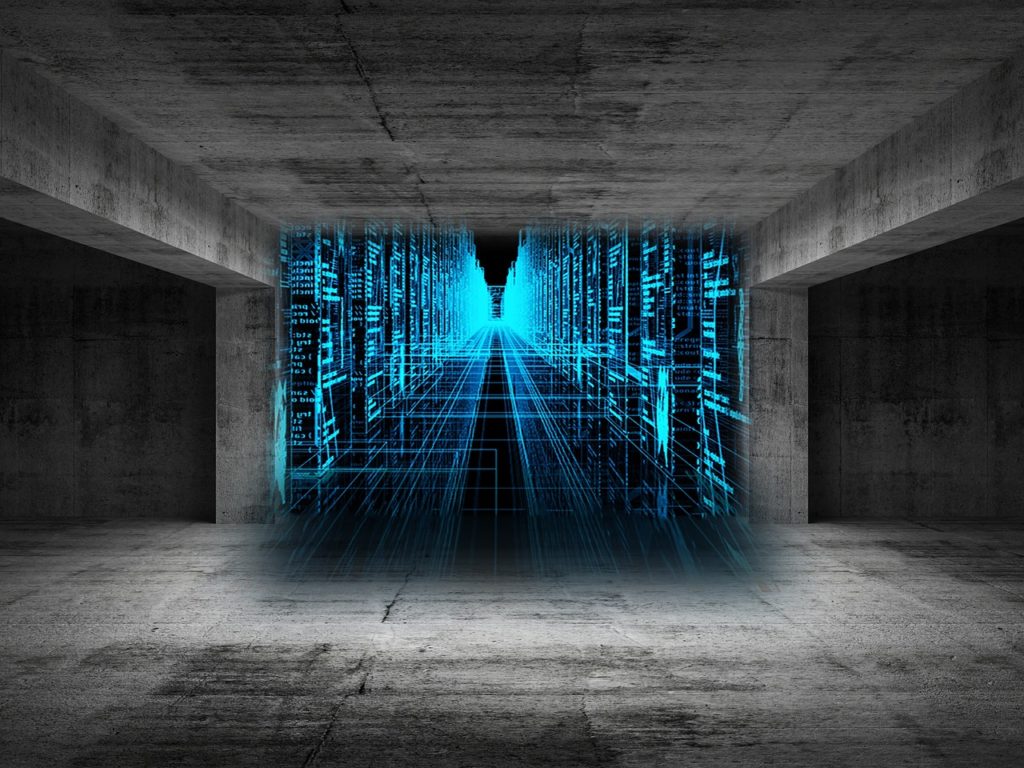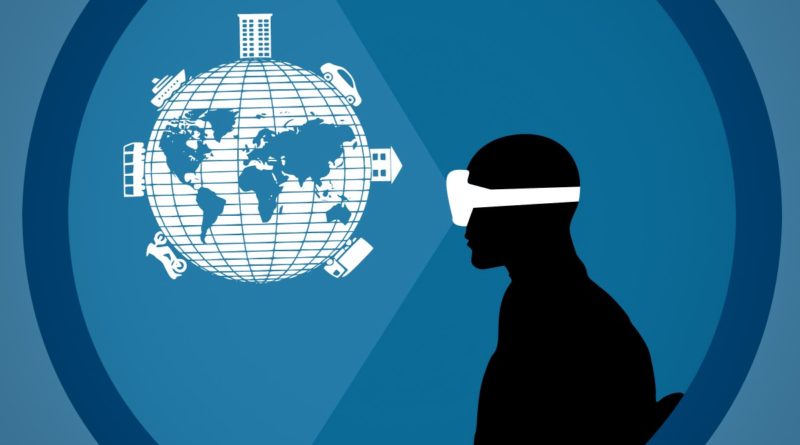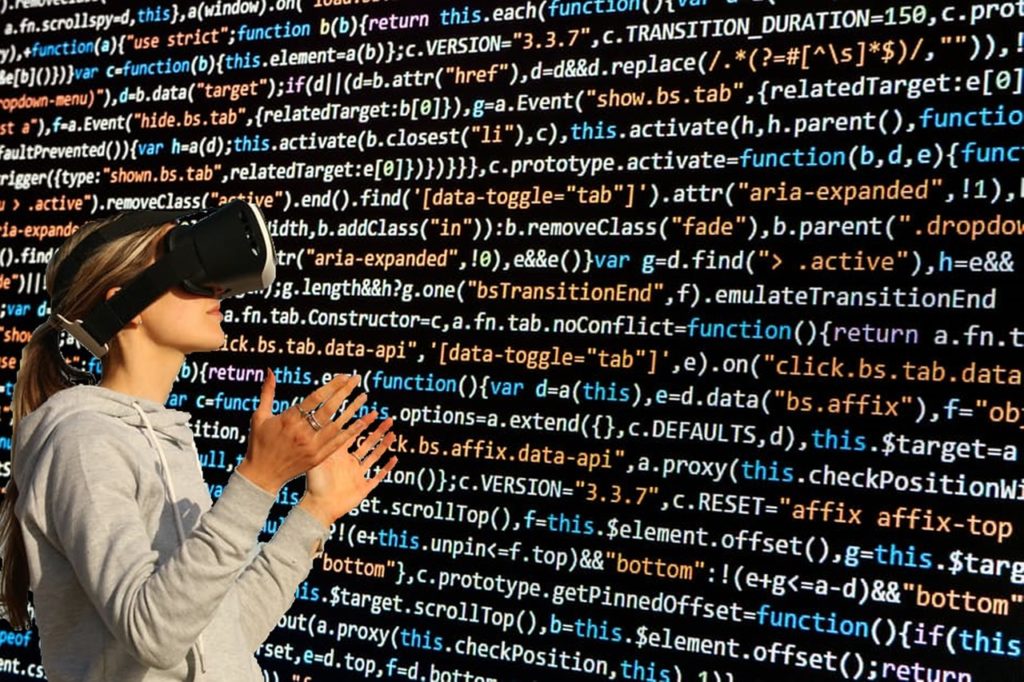How VR Data Will Change the Way We See Information
While it is true that a lot of us still represent data in age-old pie charts, bar graphs, and PowerPoint presentations- it is mainly because we have not yet realized the efficiency that virtual reality gives us in how we represent data. We can have real-time visuals flying with accurate and interactive visuals taken from source data. This helps to get information from investors or employees in a less monotonous and more efficient way.
Big Data has got more and more complex over the years and even beginning to understand this on a flat screen with 3D images is just not enough. Many companies have already realized this and have moved towards virtual reality for help.
Interaction Increases
The biggest benefit of VR data is that it provides quite literally a hands-on experience. You can actually touch the information and move to where ever you want, much like in the movies. You can get up close and personal, or bring it towards you if you want to examine it closer. Interaction in Big Data is absolutely necessary because it makes it infinitely easier to get through.
Immersive Real Time
An excellent example of this is the Goodyear case. Goodyear is a was scratching its head for years wondering why they were failing races constantly. That is up until they brought on Dr. Robert Maples. He helped set up a simulation of all Goodyear’s races in virtual reality. He used Goodyear’s data from all of their previous races. Handling this gargantuan amount of data and making it easy to read was only made possible with virtual reality.
Through this interaction with VR data and real-time viewing, they were able to view they deterioration in tire quality in real time and got to the root of the cause much quicker than they could have ever with normal ways of analyzing data.

A Lot in a Little
Virtual Reality helps you set up systems and data in such a way that you can view large amounts of data at just a glance. Depending on your software you can set up your view to have all of your data open one space or make it so that when you look up a specific data is made available for view on the ‘screen’. It would seem as though 3D data is laid flat on a surface. Speaking of…
Interactive Data
Interaction with data is key to understanding how it works. You should have an easy space to manipulate it and now through VR, it is possible to analyze and ‘play’ with data. Data can be observed dynamically and can be physically reached out and touched.
For data to be manipulated this way, it is first visualized in a 3D virtual space. VR data visualization is being integrated by data observers because of its ease. Data scientists are using haptic and kinaesthetic interfaces to capture body language and human touch and change in expressions. Data scientists are able to observe data intuitively to understand patterns in an accessible manner, allowing them to recognize huge data sets at a faster rate.
Ease in Data Referencing
Data can be easily stored and cross-referenced, pairing it with existing data and having it present as a visual clue so you don’t have to constantly reach for it. Massive amounts of data can be set up in front of you, allowing you to expand work possibilities and helping us to find solutions faster. Data can be stored efficiently in this manner as well since you don’t have to put it back in a physical location, just swipe it away once you’re done working with it.
VR Data Interaction is Intuitive
VR makes it so that people are forced to use their senses, it has a much more hands-on experience as compared to just sitting in front of a computer screen. You are able to observe a problem from every possible place like, for example, the Goodyear problem. Data analysts actually manipulated 3D visualizations of tires to understand where the problem lay. This plays in best in medicine.
Data in Medicine
VR data is proving to be a game-changer in medicine as doctors are able to construct detailed 3D visualizations through MRI, CT and ultrasound scans. Doctors wearing 3D glasses can create diagrams of internal organs and can ‘walk through’ the organs, sometimes even taking apart the 3D images to look for any pitfalls that might occur during surgery.
CT, MRI or ultrasound collect the data and give a good idea of what the problem is but doctors still had to make estimations of sorts. The data provided by these scans can now be constructed to form extremely detailed structures and can solve potentially fatal cases.
Virtual Reality is bringing a significant change in business and industry to how we go about our everyday lives. Where sometimes we might have reached a wall in terms of solution finding, VR is constructing new paths and with the help of machine learning, businesses and industries are creating new models of operations and data mining. This data can be crucial in determining whether or not a business or a procedure will be successful or not.
Virtual Reality is constructing solutions before our very eyes and it is only getting better.
Check out our articles on surgery over 5G and Brazil turning to facial recognition to help curb crime during Carnival.


